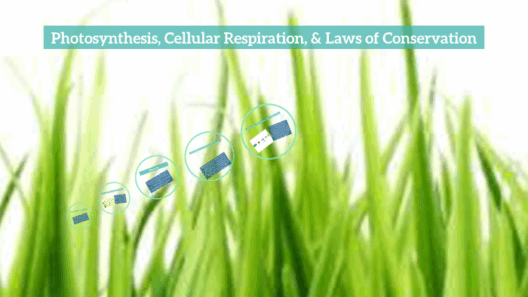In an age where digital connectivity and personal technology are paramount, the responsibility toward energy conservation becomes ever more critical. Mac users can make substantial strides in prolonging their laptop’s battery life, thereby contributing to a more sustainable future. This piece offers distinct strategies to shrewdly conserve energy on your Mac while enhancing your overall experience.
Understanding the intricacies of your device is crucial. The Mac operating system, known for its intuitive design, also possesses features specifically geared toward energy efficiency. Operating systems seamlessly manage background processes which can drain battery life unremittingly. Users should familiarize themselves with Energy Saver preferences found in the System Preferences menu. These options allow you to determine the sleep modes for both your display and computer, effectively curtailing unnecessary power usage during inactivity.
One of the paramount steps in energy conservation begins with display settings. The vivid Retina display is a marvel in terms of clarity and color, but at a cost of power consumption. Adjusting the screen brightness can lead to noticeable energy savings. Enabling Automatic Brightness Adjustment can aid in this endeavor as it adapts the luminance based on ambient light, thus optimizing battery usage without compromising visibility.
Moreover, consider utilizing the Night Shift feature. This setting changes the color temperature of your display in the evening, reducing blue light exposure. Not only is this easier on the eyes, but it also minimizes energy expenditure. The allure of a soft glow at night might prompt a decreased tendency to keep brightness levels at their maximum.
Wireless connections, while essential, can sometimes be a double-edged sword contributing to energy drain. Wi-Fi and Bluetooth functionalities should be toggled off when not in use. Each connection consumes battery power, even in idle states. If you find yourself working offline, turning off these services not only preserves battery life but also enhances focus by eliminating distractions.
Next, let’s delve into application management. Applications that run in the background can silently deplete battery reserves. In this context, the Activity Monitor is invaluable. By accessing it, one can view which apps consume the most energy in real-time. Identify those that prove excessive. Closing unused applications not only enhances energy efficiency but also boosts overall system performance, streamlining your workflow.
Furthermore, the traditional notion of ‘multitasking’ does not certainly apply when it comes to battery conservation. Striving to run multiple applications simultaneously can be a tempting approach. However, a judicious selection of active applications minimizes the energy draw on your Mac. Consider a more focused work strategy that synchronizes tasks one at a time, subsequently leading to an extended battery life.
Additionally, the judicious use of storage and file management bears significant implications for energy consumption. Regularly clearing cache files and unnecessary data ensures that your Mac operates efficiently. When systems are overburdened with superfluous files, they work harder, thus consuming more energy. Engage in routine maintenance, including optimizing storage to remove items that no longer cultivate your productivity. This results in a leaner, more eco-friendly workflow.
Updating your software is yet another pivotal factor in energy conservation. Apple continuously enhances macOS with updates that not only introduce new features but often come with optimizations for efficiency and performance. Regularly checking for updates ensures that your device maximizes its energy efficiency while also improving security. Automatic updates allows the system to install important improvements seamlessly without your involvement.
Moreover, the iconic Force Quit mechanism can become your ally for energy conservation. When an application fails to respond, it may consume resources recklessly, leading to considerable battery drain. Utilizing the Force Quit option allows quick termination of nonresponsive applications, thereby swiftly returning your laptop to a state of efficiency. Familiarizing oneself with keyboard shortcuts will expedite this process, all while fostering a more responsive Mac experience.
Your browser also plays a significant role in energy consumption. Some browsers are notoriously power-hungry, consuming significant battery life just for routine tasks. Opting for browsers that prioritize battery performance can result in a tangible increase in longevity. Extensions that block ads and track unwanted scripts also serve to lighten the load on your browser, further enhancing energy conservation.
Lastly, adjusting your energy preferences by exploring the Power Nap feature can foster an unexpected shift in your conservation strategy. This feature enables your Mac to perform certain tasks while in sleep mode, like receiving mail and updates. However, discerning users should consider whether such functionality truly benefits their energy conservation goals or whether it might inadvertently waste potential battery life. Evaluating the necessity of always-on features can empower you to make more environmentally conscious decisions.
In conclusion, mastering energy conservation on your Mac transcends mere inconvenience; it embodies a conscientious choice for sustainability. Each tip outlined here propels you toward a more responsible digital lifestyle while fostering a healthier relationship with technology. By proactively implementing these strategies, you not only extend battery life but also partake in a larger movement toward a greener planet. The symbiotic relationship between our devices and the environment beckons us to be stewards of change; thus, every small action can indeed catalyze significant impact.






